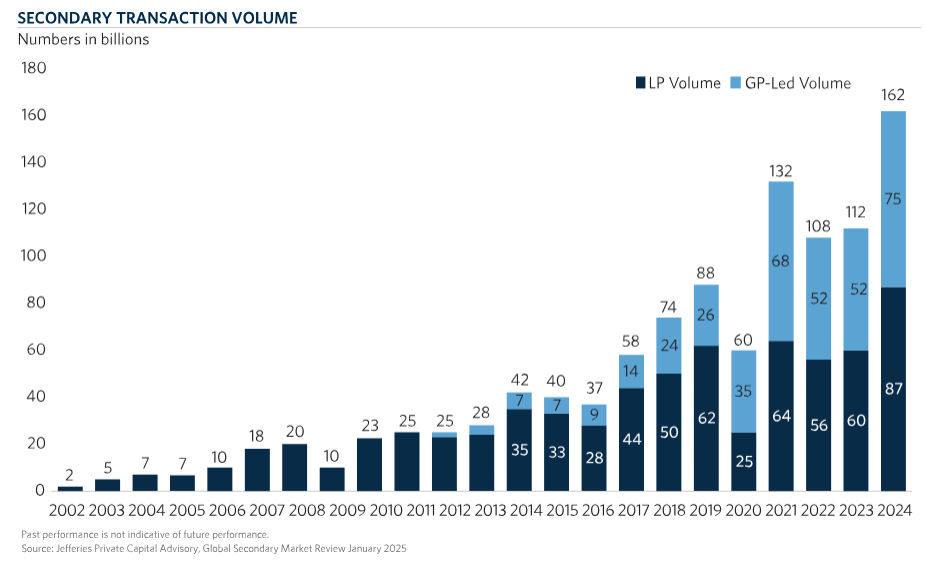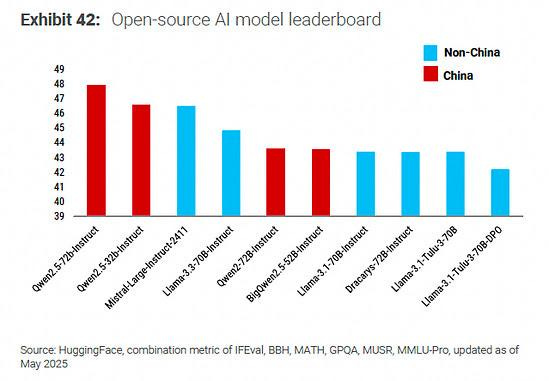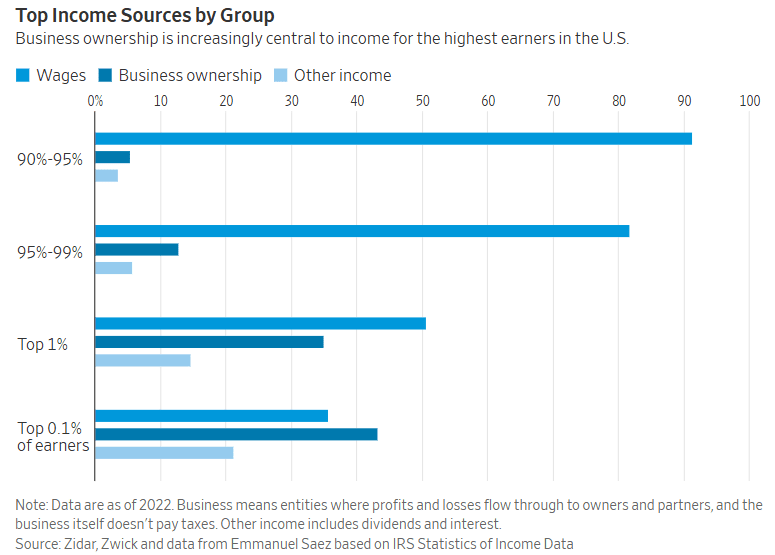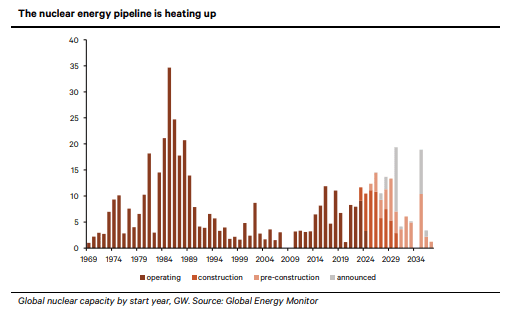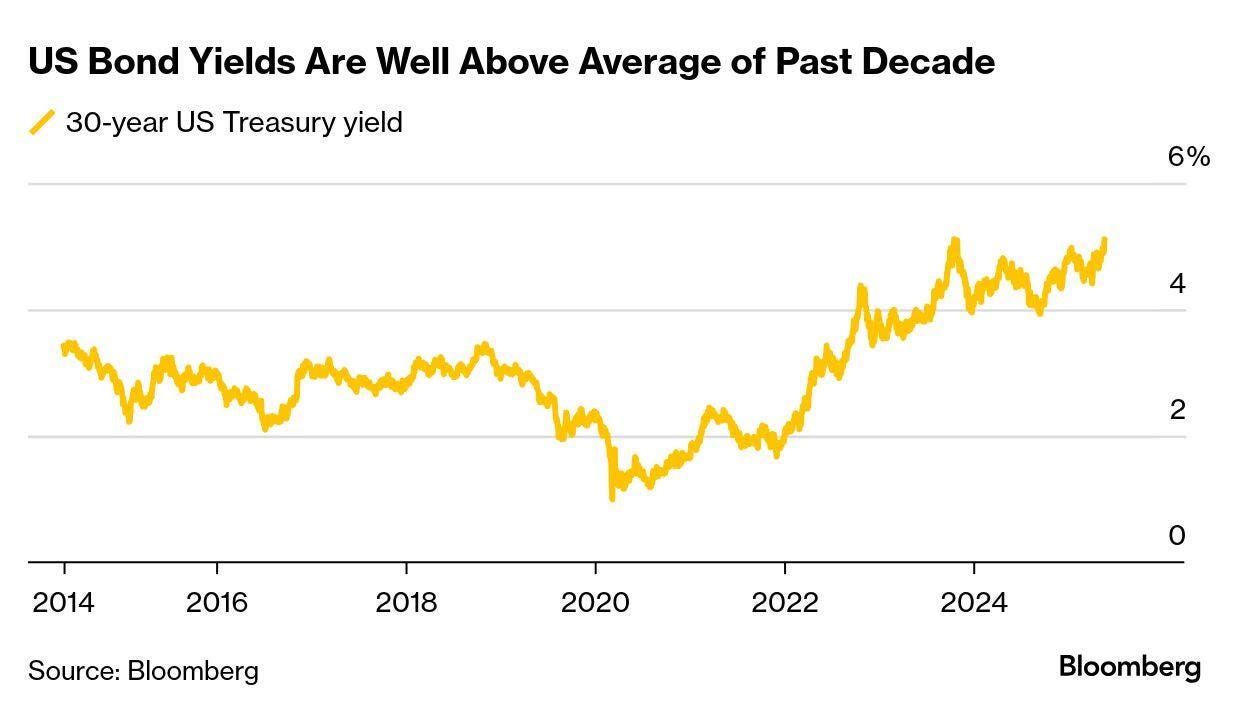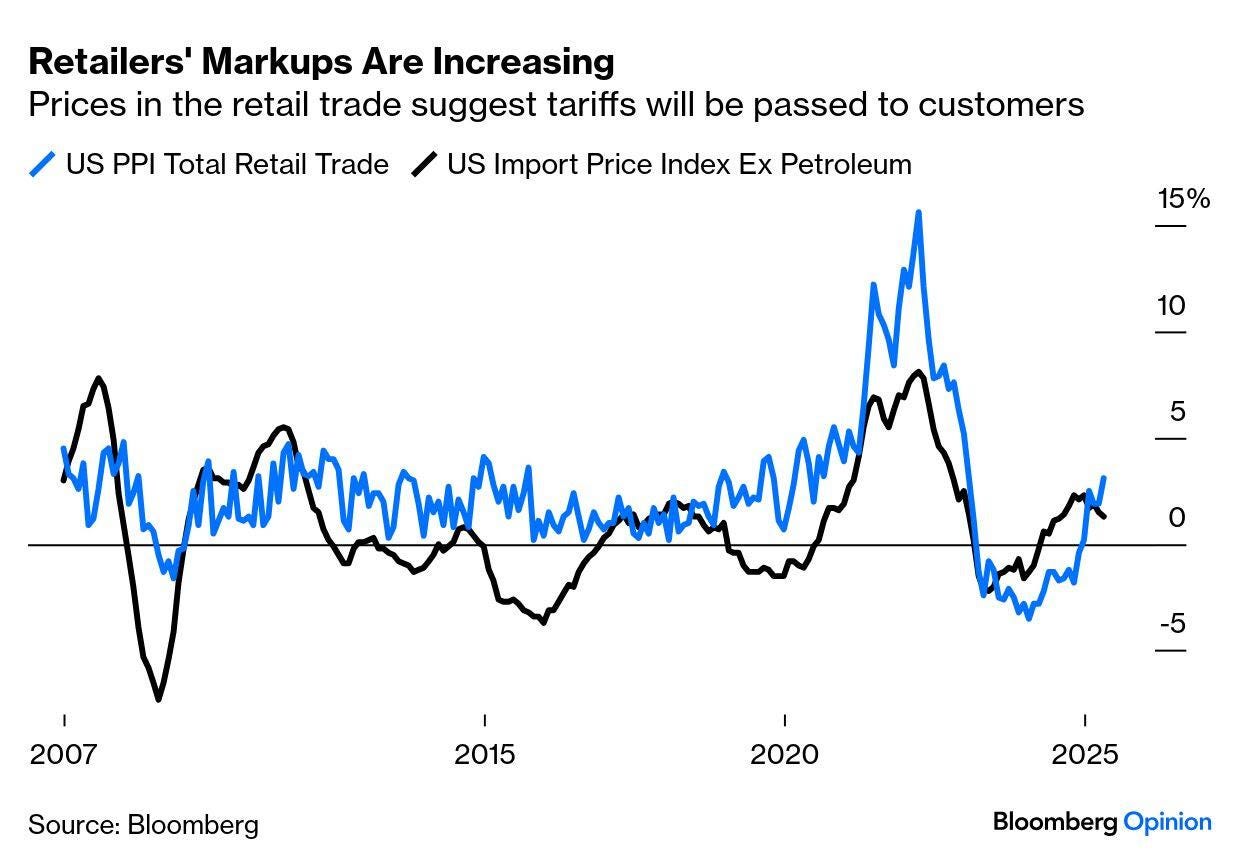The Data Dive
AI Dominance in VC, Secondary Markets, Open Source Competition, Wealth Patterns, Nuclear Renaissance, Semiconductor Giants, and Other Economic Indicators
Authors Note: This newsletter was curated by me, but put together by my new friend Claude using
s Peekaboo MCP agent and @OpenAIs GPT 4o. Starting a new newsletter soon Agnes AI - where I document my quest for productivity playing with AI.________________________________________
"The stock market is a device for transferring money from the impatient to the patient."
— Warren Buffett
________________________________________
AI CAPITAL DOMINANCE
AI & ML ventures are capturing an unprecedented share of venture capital, reaching 71% of total deal value by 2025, demonstrating the market's massive shift toward artificial intelligence investments.
Via - PitchBook
SECONDARY MARKET EVOLUTION
GP-led transactions becoming increasingly prominent reflecting longer hold periods and liquidity needs.
Via - Jefferies Private Capital Advisory
OPEN SOURCE AI LEADERSHIP
China-based AI models are increasingly competitive in the open-source landscape, with several models ranking highly on comprehensive benchmarks.
Via - Morgan Stanley
WEALTH CONCENTRATION PATTERNS
Business ownership is central to income generation for the highest earning percentiles in the United States, with the top 0.1% deriving most income from business rather than wages.
Via - Zidar, Zwick, Emmanuel Saez
NUCLEAR RENAISSANCE
Global nuclear capacity pipeline shows significant expansion with projects in various stages from announced to construction, indicating renewed interest in nuclear energy as a clean power source.
Via - Global Energy Monitor
SEMICONDUCTOR TITANS
TSMC's remarkable growth trajectory over 28 years shows the semiconductor industry's evolution.
Via - Construction Physics
GPU MARKET DYNAMICS
Nvidia maintains dominant market share in the datacenter GPU market, with AMD holding a smaller but consistent position.
Via -
TREASURY YIELD TRENDS
US 30-year Treasury yields remain elevated compared to the previous decade's average, reflecting changing monetary conditions and inflationary pressure.
Via - Bloomberg
RETAIL MARKUP DYNAMICS
Retail markups are increasing as retailers pass tariff costs through to consumers, indicating how trade policy impacts pricing structures throughout the supply chain.
Via - Bloomberg


